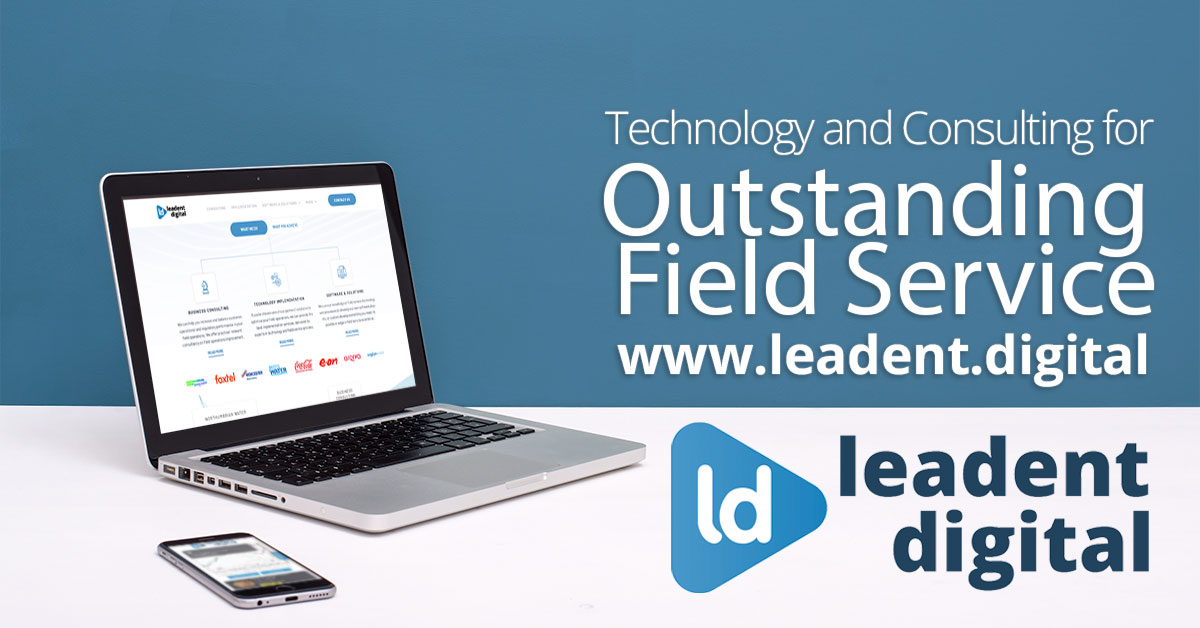Many across the world have been shocked by the brutal treatment of George Floyd and are using this time to express their outrage. At the time of writing large numbers of people have been out in the streets, engaging in powerful protest and direct action to fight for freedom, liberation and justice for black people. Whilst this site and blog won't focus on these issues directly, please do visit https://blacklivesmatter.com for more information on the personal actions you can take.
Let's focus here on diversity in service organisations and what leaders can do to set the right tone in corporate organisations.
Defining diversity and inclusion
Diversity means an inclusive environment where everyone is able to participate and achieve their full potential. Diversity is about recognising difference and the benefit of having a range of perspectives in your organisation. Inclusion respects people’s differences and values these differences to enable everyone to thrive at work.
There’s no legal requirement to have a written diversity policy but many organisations will have one in order to demonstrate it takes its legal and moral obligations seriously.
UK legislation is in place covering age, disability, race, religion, gender and sexual orientation but sets minimum standards. An effective diversity and inclusion strategy must go beyond this minimum standard and be reinforced at all levels.
Regardless of who we are, we all deserve the opportunity to develop our skills and talents to our full potential and to conduct work in a safe, supportive and inclusive environment with fair reward and recognition. Field service and operations is no different in this respect.

Setting the tone
Workplaces must promote inclusion at all levels. The fact that organisational structures exist and management and director roles means that the inherent inequality between employees also needs close consideration. Formal and informal approaches need to be put in place from the top down alongside the right organisational values that value diversity and inclusion. Directors and managers should focus on putting fair policies and working practices in place.
Operational teams should work to ensure everyone’s perspective is valued and opinions and approaches can be encourage and shared openly. They should set a tone whereby employees can have accountability for their own decision-making and their feedback can be taken on board. Leaders can't stand by and let this become an issue for HR. Rather they must use their power to become role models for inclusion.
Changing culture requires a focus on beliefs, feelings and actions. Simply starting a training programme or a communications campaign won't cut it. For people to believe that something is going to become the culture they need to see the changes in behaviours from their leaders.

Senior leaders need to step up
Senior leaders need to champion inclusion because they set the tone and provide a reference point for the behaviour that is expected and rewarded. Role modelling must be authentic and not just as a result of reading a script in a team briefing or ticking a box that training has been carried out. It needs to be done because senior leaders believe it and understand its importance.
Managers need to ensure all team members have a voice in the organisation. Hierarchies in a team should be minimised where possible, allowing individual team members to feel like they can be valued. Diversity is also needed on management boards with a focus on clear diversity values and systematic reinforcement.

Measure performance
Organisational data, tracked over time, can help managers review inclusive behaviour that is being adopted throughout the organisation. Whilst it's hard to measure some diversity measures, representatives across the business can be used to gather feedback on working practices, barriers and provide examples. They can also act as diversity champions to embed the change in the business.
It's important to remember that numbers don’t give the full story. There’s no set of numerical data that can accurately tell you how a given minority group is received within your organisation, or how seriously their ideas are considered in a meeting. Stories of how individuals are being treated by others may be sensitive and take time to surface. Instead consider gathering indirect feedback from employees. Run focus groups or 360-degree feedback (in confidence if necessary). Build the picture gradually and robustly.

Ask, listen and respond
Listening carefully to employees' answers and comparing them to your data will start to demonstrate some of the underling issues. As your operations organisation as many questions as are needed and start to work on addressing the most critical. Don't rush too quickly to solutions but develop and consult on an action plan. A well-formulated plan should be sufficiently broad in scope and include recruitment, retention, talent, bias, behaviours, recognition and rewards and so on. Be sure to keep communicating to your staff and demonstrate the action they are taking. Ask them to hold you to account for the changes you are implementing and to work with you on making them happen.
Get support
Leadent Digital helps organisations to achieve transformational change. We love developing apps that transform customer experience and help you deliver a more frictionless service experience across all of your contact points and channels. Why not get in touch to tell us more about your current priorities?

